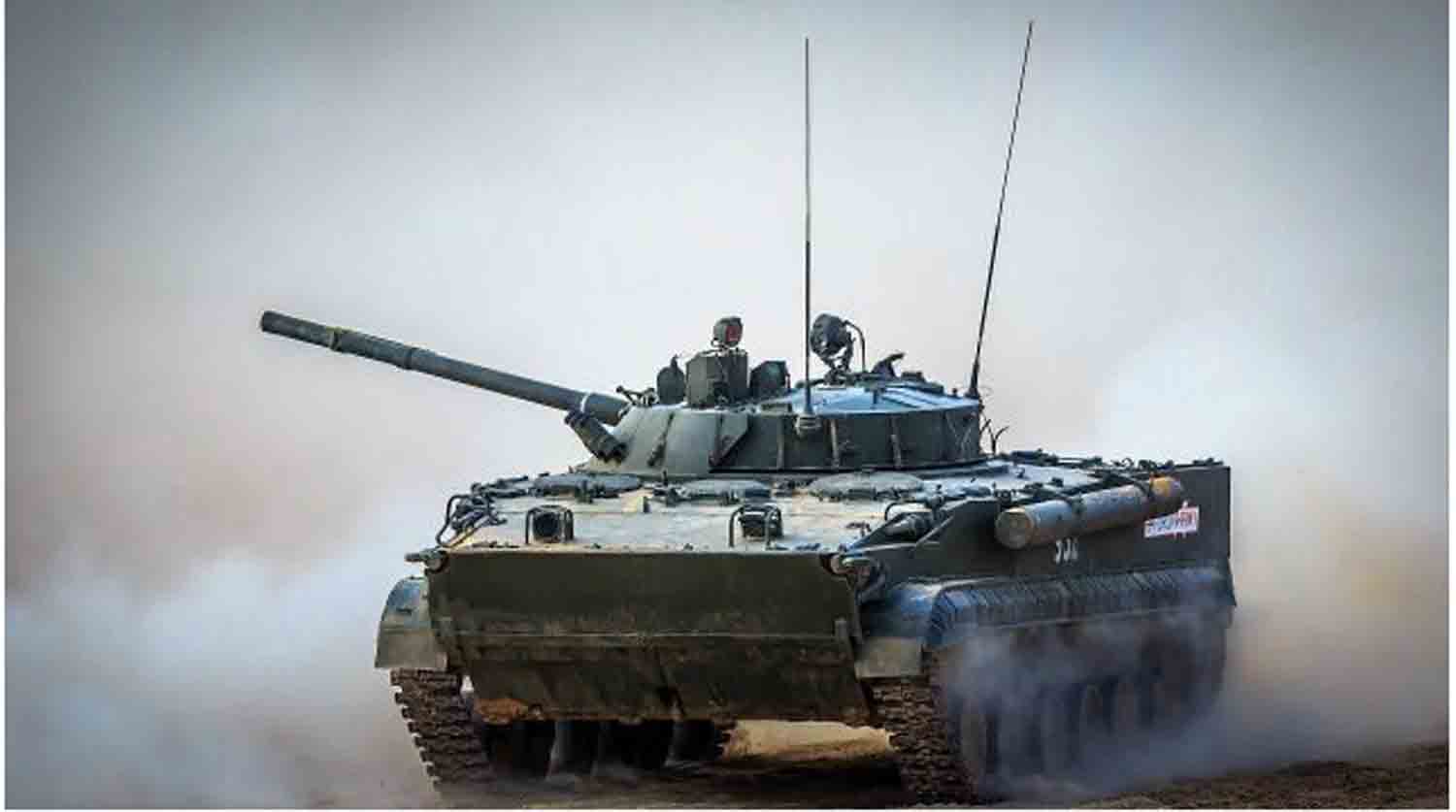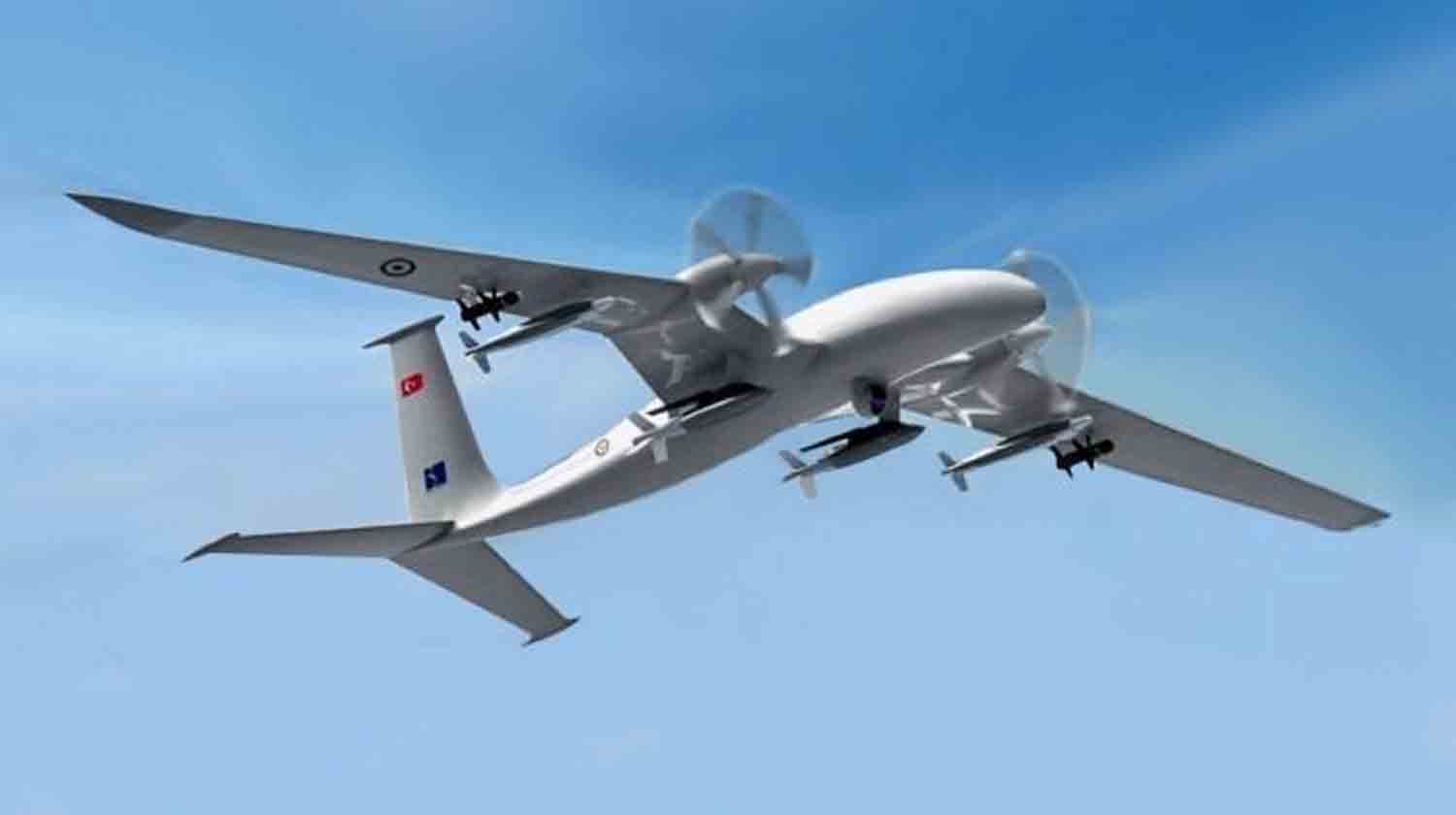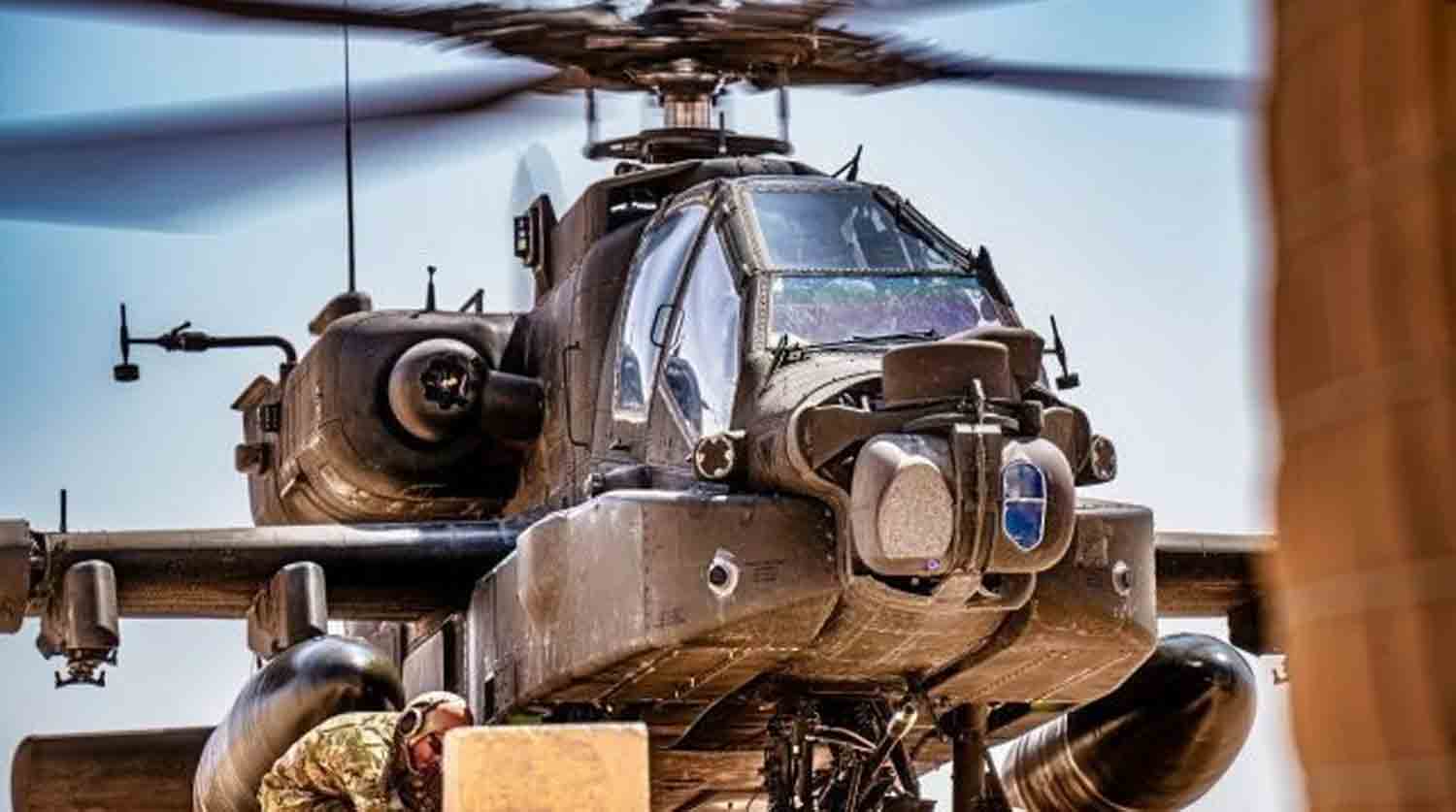Russia’s military has received its initial shipment of 2025 BMP-3 infantry fighting vehicles, as reported by Rostec through its subsidiary, Kurganmashzavod. This delivery signifies an ongoing effort to modernize Russia’s mechanized forces.
Rostec highlighted that “the latest vehicles are outfitted with state-of-the-art defensive systems that have been tested in actual combat scenarios.” The equipment has completed a comprehensive testing cycle prior to its deployment.
While the announcement was made on February 5, the specific delivery date and the number of units in this batch remain unspecified. Typically, such deliveries consist of several BMP-3s, with quantities usually falling between 10 and 20 units.
The BMP-3 is recognized as one of the most formidable and adaptable infantry fighting vehicles (IFVs) in its category. Its development commenced in the 1980s at the Kurganmashzavod design bureau in Kurgan, Russia, aimed at replacing older models such as the BMP-1 and BMP-2. This IFV was introduced into service in 1987 and is celebrated for its impressive firepower, mobility, and amphibious capabilities.
The BMP-3 is equipped with a primary armament system that features a 100mm semi-automatic cannon 2A70, which can fire both high-explosive and anti-tank munitions, alongside a 30mm automatic cannon 2A72 and a coaxial 7.62mm machine gun PKT.
The BMP-3’s arsenal enables it to effectively engage a variety of targets on the battlefield, such as armored vehicles, fortifications, and personnel. Additionally, it is capable of launching the 9M117 “Bastion” (AT-10 Stabber) anti-tank missiles from its guns, enhancing its ability to confront more heavily armored threats.
There are numerous modifications of the BMP-3, each designed to meet specific operational requirements. One of the initial variants is the BMP-3 MICV, an export model featuring a Thompson-CSF thermal sight and other imported technologies, aimed at countries like the UAE since 1998.
The BMP-3M represents an upgraded iteration of the original model, incorporating new weaponry and engine systems. It boasts an advanced fire control system with a digital computer, enhanced sights for gunners, and the capability to fire laser-guided munitions. The UTD-32 engine in the BMP-3M provides 660 horsepower, significantly improving the vehicle’s mobility and speed.
Additional variants include the BMP-3F, which is specifically tailored for marine infantry, offering enhanced buoyancy and stability for operations in aquatic environments; the BMP-3K, a command variant equipped with extra communication tools for tactical coordination; and the BMP-3K “Rys” [Lynx], designed for reconnaissance missions.
Moreover, there is the BMMP, a version for naval infantry featuring a BMP-2 turret, and the BREM-L “Beglianka,” an armored vehicle intended for evacuation and repair tasks.
Recent advancements include the BMP-3M Manul, launched in 2022, which is a fully modernized variant equipped with the unmanned Bumerang-BM turret. This design increases troop space by eliminating the need for a manned turret. This model is anticipated to replace older variants in the Russian military, providing enhanced firepower and protection.
The BMP-3 is utilized by various nations beyond Russia, such as the United Arab Emirates, Kuwait, Indonesia, Iraq, and South Korea, highlighting its reliability and appeal in the global arms market.
Initially, in the early 2000s, there were concerns regarding troop safety, with soldiers often opting to ride on top of the vehicle instead of inside. However, recent enhancements have prioritized improving crew safety and comfort.
Having participated in extensive combat operations, the BMP-3 has established itself as a notable contender in the international arms arena. Its combat history reflects a wide range of environments. During the Chechen conflicts, the BMP-3 was recognized for its firepower and agility, although it received criticism for inadequate crew protection, prompting updates in later versions.
The vehicle’s effectiveness in urban combat underscored both its advantages and the necessity for modifications to address threats such as RPGs and IEDs. In Syria, where Russian forces were engaged, the BMP-3 demonstrated its capabilities not only in direct confrontations but also in delivering mobile fire support to infantry units. Its versatile armament includes a 100mm gun that can fire conventional shells and anti-tank missiles, complemented by a 30mm cannon.
On the international stage, the BMP-3 has gained prominence through strategic exports. One of its earliest and most notable customers was the United Arab Emirates (UAE), which purchased hundreds of these vehicles in the early 1990s. The BMP-3 was tailored to meet the UAE’s specific climatic and operational needs, including the integration of advanced thermal sights.
This agreement marked a significant moment, highlighting Russia’s capacity to rival Western arms manufacturers in the Middle East. The UAE’s ongoing commitment to enhance its BMP-3 fleet to the BMP-3M standard in 2011, through a $74 million contract, emphasizes the vehicle’s enduring attractiveness.
Kuwait also made a move by acquiring BMP-3s to strengthen its armored capabilities, showcasing confidence in the performance of this Russian-made infantry fighting vehicle. South Korea, generally dependent on Western technology, opted to integrate BMP-3s into its military, modifying them for its specific operational needs. Indonesia’s acquisition of the BMP-3F, designed for maritime operations, further illustrates the global acknowledgment of the BMP-3’s amphibious features.
The export narrative of the BMP-3 extends to countries such as Cyprus, Sri Lanka, and Venezuela, broadening its presence across various regions. Each transaction typically involved adjustments tailored to the specific requirements of the purchaser, reflecting Russia’s flexibility in the global arms market. For example, Iraq placed an order for 300 BMP-3s in 2015, aiming to upgrade its military capabilities amid ongoing regional tensions.
These international transactions carry significant geopolitical ramifications. Deals with nations like Saudi Arabia, which contemplated major acquisitions, or with countries in Southeast Asia, position Russia as a prominent player in global military diplomacy, often in competition or collaboration with other arms suppliers such as the United States, France, and China. Consequently, the BMP-3 has evolved into more than just military equipment; it represents the extensive reach and influence of Russian military technology on the international stage.
Nevertheless, the export path of the BMP-3 has encountered obstacles, including Western sanctions that have impacted Russia’s ability to finalize agreements and ensure timely deliveries. Despite these challenges, the BMP-3 remains a highly sought-after asset, showcasing its combat effectiveness and the lasting legacy of Soviet and Russian armored vehicle engineering in contemporary warfare.
Discover more from Defence Talks | Defense News Hub, Military Updates, Security Insights
Subscribe to get the latest posts sent to your email.





